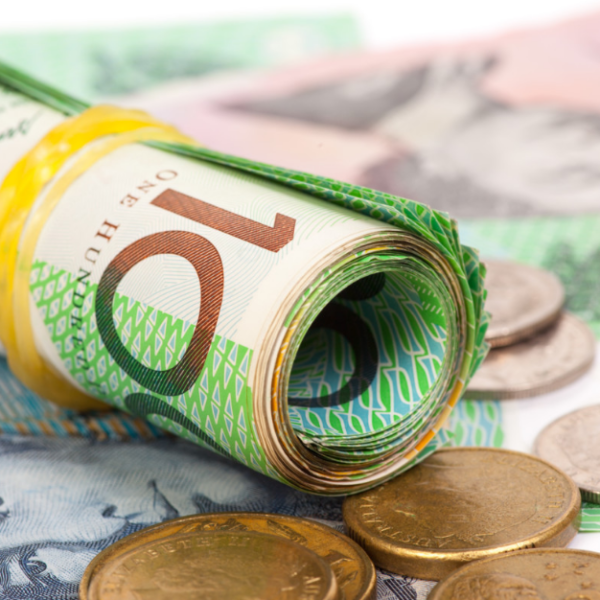The Australian Dollar fell against the USD following the pessimistic jobs report, showing that 40.9 thousand jobs were lost in July. The unemployment rate fell to 3.4% from June’s 3.5%. Although the decline in the unemployment rate might be a result of the decrease in the participation rate, which declined from 66.8% to 66.4% in June.
AUD/USD reaction remains low-spirited, despite taking a hit on the jobs data as prices are holding at nearly 1% above the August low.
The Reserve Bank of Australia (RBA) is also lagging behind its counterparts in tightening policy, and rate hike expectations were lower ahead of the jobs report. Also, the market’s rate expectation ahead of September is modest. Also, consumer inflation expectations have reduced along with consumer confidence.
The somber view on future rate hikes and the recent fall in the AUD explains the modest reaction to the jobs report. However, that leaves an upside price risk should the RBA deliver another 50-bps hike.
The failing Chinese economy has also weighed on the Australian Dollar lately as China is Australia’s major trade partner. China’s central bank cut its medium-term lending facility rate earlier this week, failing to assuage wary investors.
The PBOC is also cutting its 1- and 5-year loan prime rates next week, which might incite positive economic sentiment across the Asia-Pacific region.

